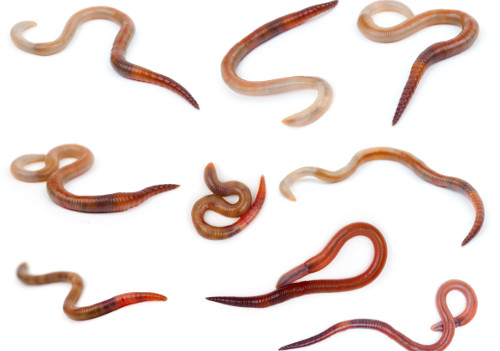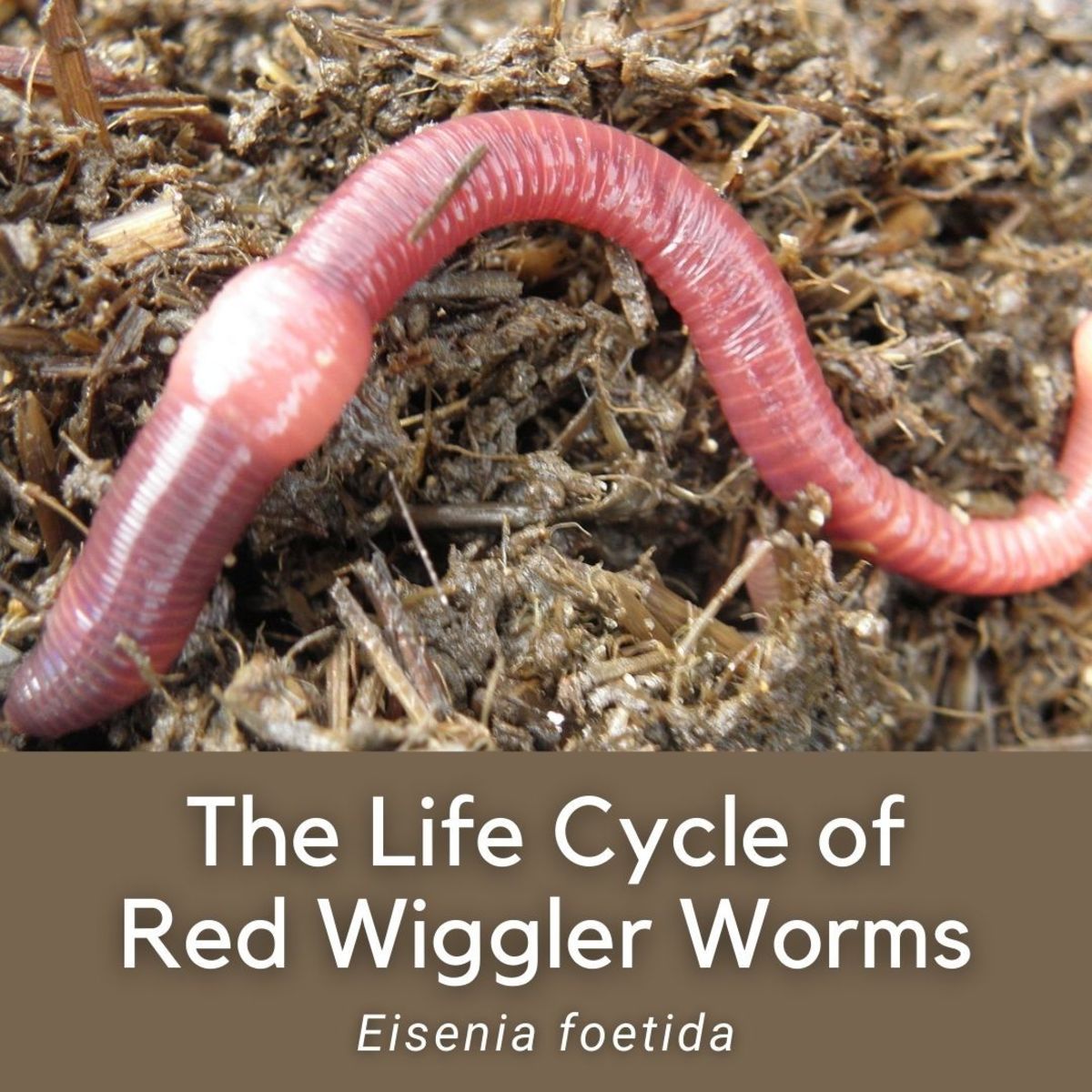Organic Composting with Red Wiggler Worms - Increase Your Garden's Growth
Organic Composting with Red Wiggler Worms - Increase Your Garden's Growth
Blog Article
Making The Most Of the Advantages of Red Wiggler Worms: A Comprehensive Handbook for Home Gardeners and Urban Farmers
In the realm of sustainable gardening techniques, red wiggler worms stand as unrecognized heroes, quietly transforming organic waste into nutrient-rich spreadings that can function wonders for dirt wellness. As home gardeners and city farmers significantly seek eco-friendly and economical ways to improve their gardens, the possible advantages of utilizing the power of red wigglers can not be overemphasized. From minimizing kitchen area waste to cultivating much healthier plants, the use of these modest animals uses a wide variety of benefits. By checking out the details of exactly how to successfully care for and make best use of the benefits of red wiggler worms, people can unlock a wide range of possibilities for improving the sustainability and productivity of their horticulture endeavors.
Understanding Red Wiggler Worms
Red Wiggler worms, renowned for their reliable composting capacities, are a species of earthworms commonly made use of in vermiculture techniques. These worms, clinically called Eisenia fetida, thrive in decomposing organic material, making them optimal prospects for composting (Red Wiggler Worms). Red Wigglers are ravenous eaters, with the ability of eating their own weight in organic waste daily. Their digestive process breaks down raw material into nutrient-rich castings, which are a useful source for enhancing dirt and promoting plant development.
One secret attribute of Red Wiggler worms is their reproductive price. These hermaphroditic creatures possess both female and male reproductive organs, allowing them to replicate quickly under desirable problems. A mature Red Wiggler can produce several offspring in a brief duration, guaranteeing a stable populace within a composting system.

Setting Up a Worm Container
When developing a worm bin for vermiculture purposes, correct prep work and focus to information are essential for developing a favorable atmosphere for Red Wiggler worms. Begin by picking an ideal container for your worm container. This can be a plastic or wood container with a cover to keep wetness degrees and shield the worms from light. Make sure that the bin has drain openings near the bottom to avoid waterlogging.

Location the worm bin in an amazing, dark location away from direct sunshine and extreme temperatures. Consistently keep track of the moisture levels, adding water if the bed linens really feels dry or flaky. Feed the worms a well balanced diet of vegetables and fruit scraps, avoiding citrus fruits, onions, and spicy foods. By complying with these actions, you can establish a prospering worm bin that will successfully refine natural waste into nutrient-rich vermicompost for your yard.
Feeding and Maintaining Worms
Guaranteeing a nutritious and well balanced diet plan is vital for the health and wellness and performance of Red Wiggler worms in a vermiculture system. It is essential to avoid feeding them citrus fruits, onions, garlic, dairy products, meat, and oily foods as these can be hazardous to the worms or cause unpleasant smells in the container.
Appropriate moisture degrees are additionally important for the well-being of Red Wiggler worms. The bedding must seem like a wet sponge, providing enough dampness for the worms to take a breath with their skin. Consistently inspect the wetness degrees and adjust by including water or dry bed linens material as needed. Additionally, preserving appropriate temperature problems in between 55-77 ° F(13-25 ° C )will certainly make certain ideal worm activity and reproduction. By faithfully checking their diet plan, moisture, and ecological problems, home garden enthusiasts and city farmers can maintain a effective and healthy Red Wiggler worm population for composting functions.
Collecting Worm Castings
To effectively draw out nutrient-rich worm castings from the vermicompost, a systematic harvesting procedure is essential for making the most of the composting benefits. The first step in harvesting worm castings is to urge the worms to move to one side of the bin.
After the castings have actually been collected, it is essential to divide any kind of remaining worms from the castings to prevent damaging them during storage or application. One effective method is to develop conical heaps of castings under intense light. Worms will naturally move away from the light, enabling very easy splitting up and removal.
Last but not least, the collected worm castings should be saved in a cool, dark, and completely dry location to maintain their quality and efficiency as a nutrient-rich dirt change. By following these steps, home gardeners and urban farmers can make best use of the benefits of red wiggler worms in their vermicomposting systems.
Utilizing Worm Castings in Gardening
The consolidation of nutrient-rich worm castings into garden soil can considerably improve plant growth and overall soil health. Worm castings, also known as vermicast, are a natural fertilizer produced by red wiggler worms as they break down organic matter. These castings are rich in crucial nutrients like nitrogen, phosphorus, potassium, and beneficial microbes that advertise plant development and improve soil framework.
When making use of worm castings in gardening, it is vital to mix them thoroughly right into the dirt or utilize them as a top clothing around plants. The look these up slow-release nature of Homepage worm spreadings makes sure a constant supply of nutrients to plants with time, lowering the threat of nutrient leaching and advertising long-lasting soil fertility. Additionally, worm spreadings assist enhance soil aeration, water retention, and microbial activity, creating a healthy environment for plant origins to grow.

Verdict
In conclusion, the use of red wiggler worms in home horticulture and urban farming can substantially benefit soil wellness and plant development. By comprehending just how to set up and keep a worm bin, feed the worms effectively, and harvest their nutrient-rich spreadings, garden enthusiasts can take full advantage of the advantages of these earthworms.
In the world of lasting gardening methods, red wiggler worms stand as unsung heroes, silently changing organic waste into nutrient-rich spreadings that can work marvels for dirt wellness.When developing a worm bin for vermiculture functions, proper preparation and focus to information are crucial for developing a helpful atmosphere for Red Wiggler worms. The first step in collecting worm spreadings is to motivate find out the worms to migrate to one side of the container. Worm spreadings, likewise known as vermicast, are a natural plant food created by red wiggler worms as they break down organic issue. By recognizing exactly how to set up and maintain a worm container, feed the worms properly, and collect their nutrient-rich spreadings, garden enthusiasts can take full advantage of the benefits of these earthworms.
Report this page